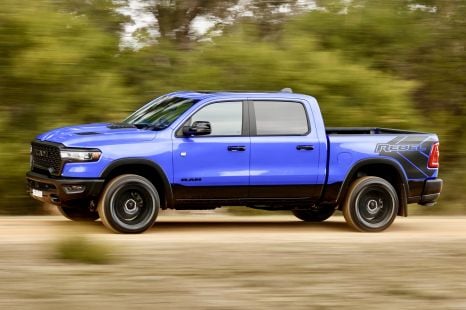

Max Davies
2026 Ram 1500 Rebel review
5 Days Ago

News Editor
The second-generation Toyota Mirai hydrogen fuel-cell vehicle is coming to Australia.
Toyota Australia is bringing 20 examples of the FCEV to Australia for use in select business and government fleets.
These models will arrive from the first quarter of 2021, in time for the commissioning of a new solar-powered hydrogen production site and refuelling station.
The first facility of its kind in Victoria, the Centre of Excellence is located at the site of Toyota’s old factory in Altona.
It’s received funding assistance from the Australian Government via the Clean Energy Finance Corporation (CFEC) and the Australian Renewable Energy Agency (ARENA).
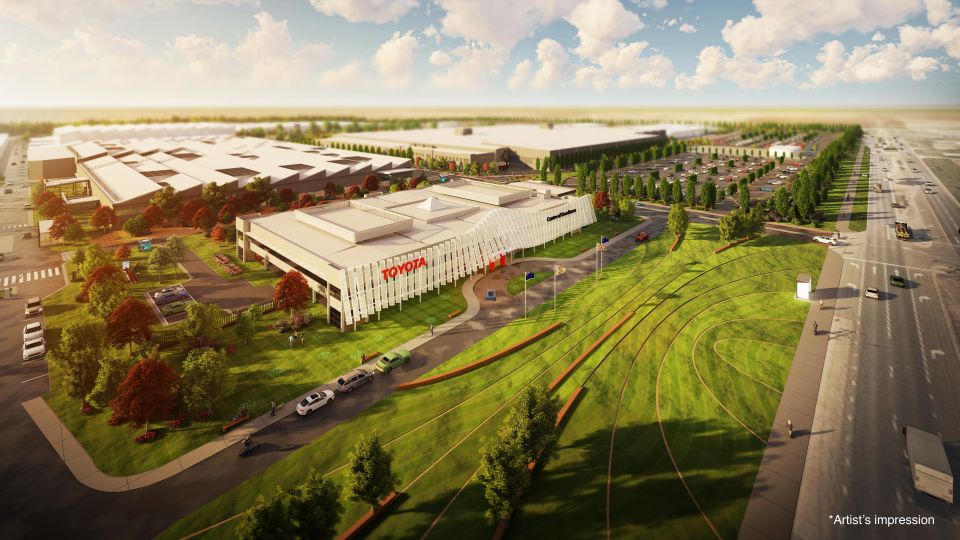
Earlier this year, the CEFC announced it was committing $300 million to hydrogen energy projects. ARENA contributed $3.1 million towards the $7.4 million cost of establishing the Centre of Excellence.
The site can produce approximately 80kg of renewable hydrogen per day, which will be stored in a series of high- and low-pressure tanks.
A 30kW fuel cell is also being installed to convert hydrogen back into electricity to power the site if necessary.
The limited availability of the new Mirai follows Toyota Australia’s trials of the first-generation model with councils and utility companies, which started in 2016.

“The best way to demonstrate the long-term viability and environmental benefits of hydrogen-powered fuel-cell electric vehicles is to supply cars to local industries and governments that share our vision of a zero-emission future,” said Toyota Australia sales and marketing vice president Sean Hanley.
The second-generation Mirai was revealed at the 2019 Tokyo motor show in almost production-ready form.
It features a rear-mounted electric motor producing approximately 134kW of power and 300Nm of torque, or just over 20kW more than the first-generation Mirai. Top speed is a claimed 175km/h.
There are three hydrogen storage tanks mounted underneath the passenger compartment, which gives the Mirai a claimed range of 850km – that’s 300km more than the outgoing model.
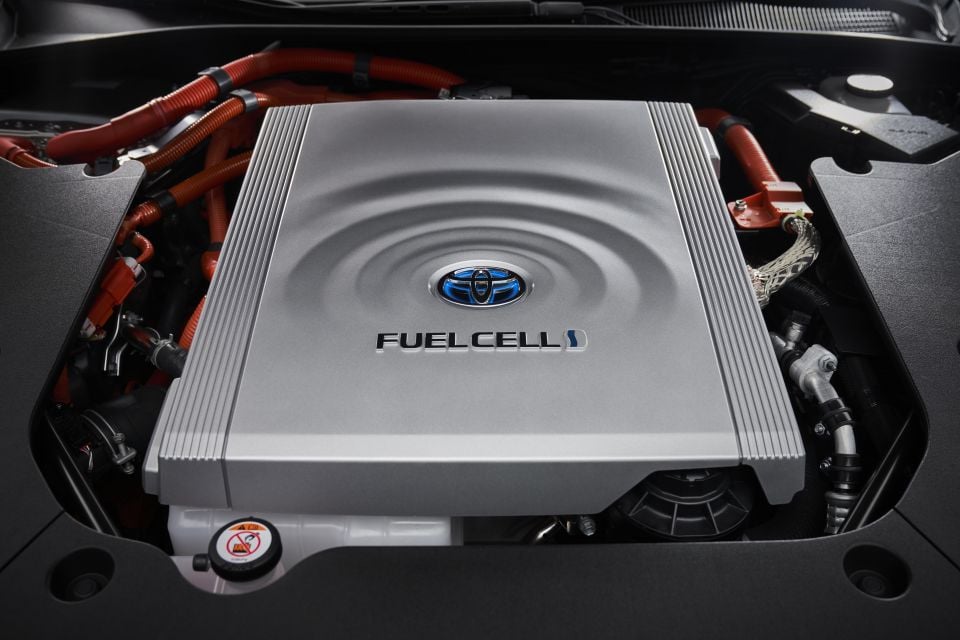

At its 2019 motor show debut, Toyota said the Mirai would have 30 per cent more range than the outgoing model. At 850km, that’s well over a 50 per cent increase.
The rest of the hydrogen fuel-cell mechanicals are located at the front of the car, resulting in an overall weight distribution of around 50:50.
The company has included an artificial sound generator that you can toggle on, making the Mirai sound more like it has an internal combustion engine.
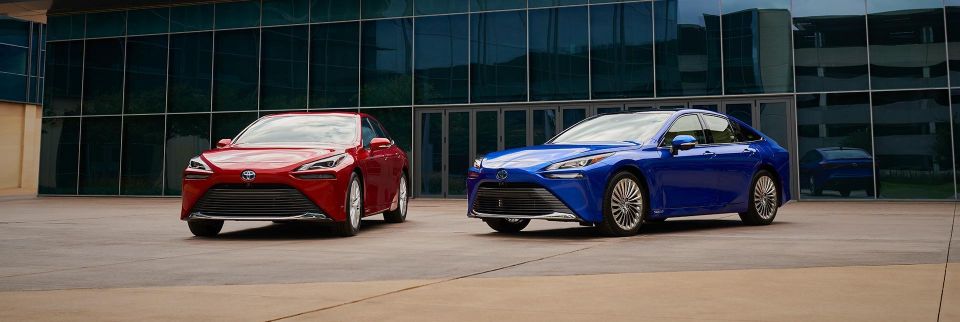
Shifting to the Toyota Crown’s rear-wheel drive TNGA-N platform affords the Mirai classic long bonnet/short deck rear-wheel drive proportions with tight overhangs.
The underpinnings mean this is a much larger car than before, growing to 4975mm long on a 2920mm wheelbase, and measuring 1470mm tall and 1885mm wide. It weighs approximately 1900kg.
Where expert car reviews meet expert car buying – CarExpert gives you trusted advice, personalised service and real savings on your next new car.
William Stopford is an automotive journalist based in Brisbane, Australia. William is a Business/Journalism graduate from the Queensland University of Technology who loves to travel, briefly lived in the US, and has a particular interest in the American car industry.


Max Davies
5 Days Ago
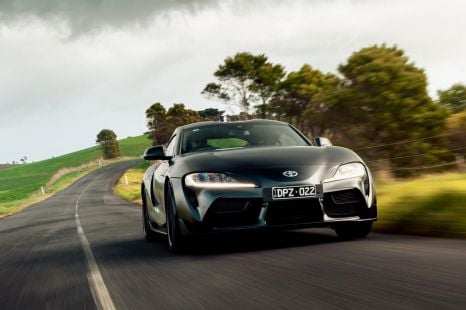

Max Davies
4 Days Ago
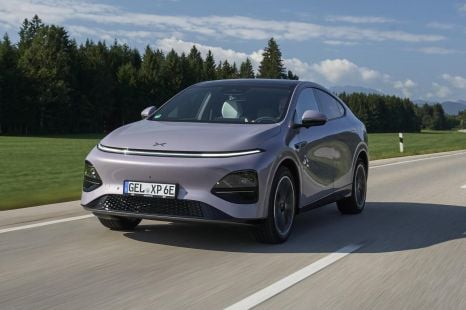

Neil Briscoe
3 Days Ago


Max Davies
2 Days Ago
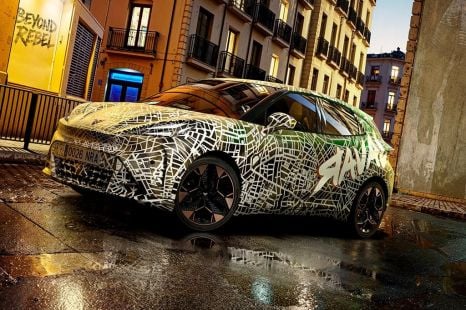

Damion Smy
7 Hours Ago
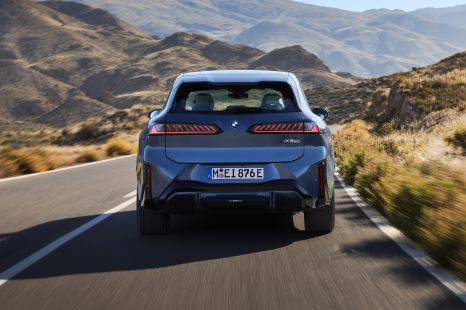

Alborz Fallah
6 Hours Ago